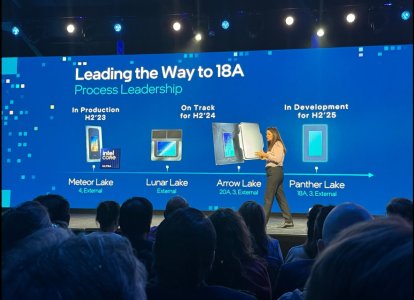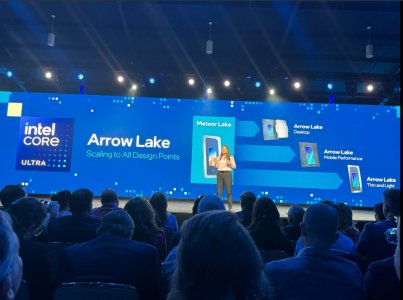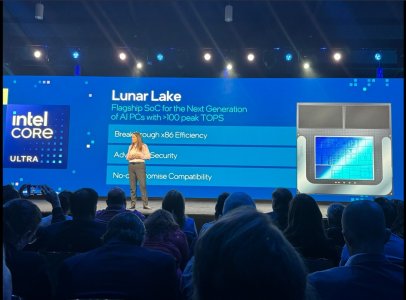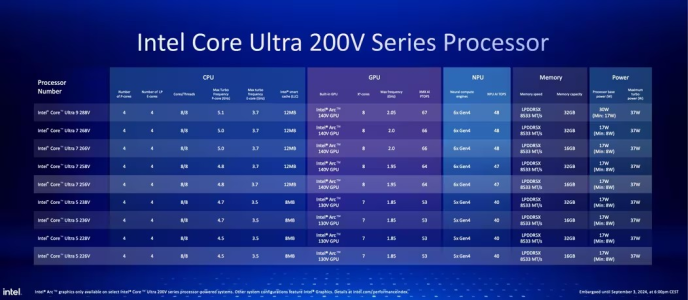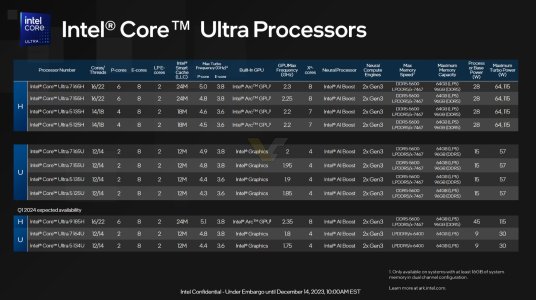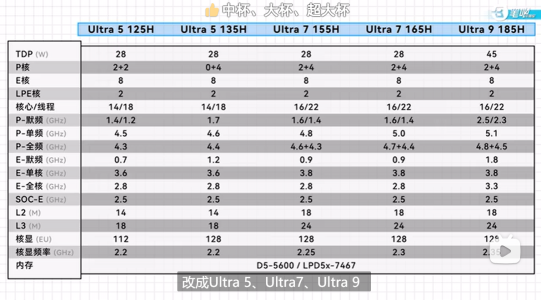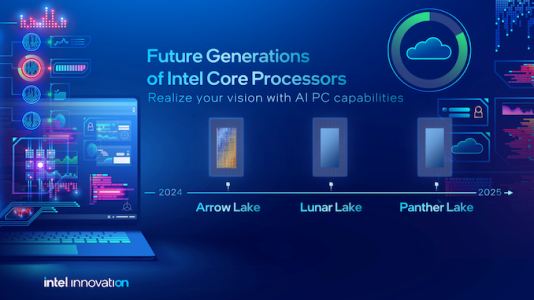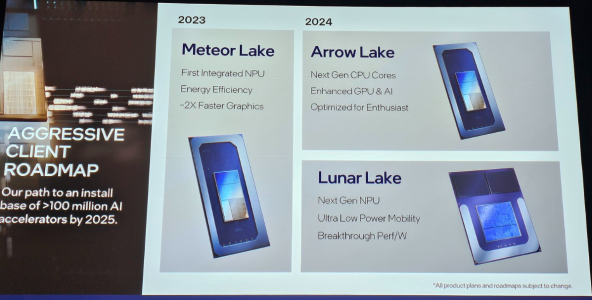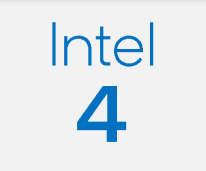I wouldn't say SRAM matters far more, but even then Intel 4 is around TSMC 5nm in that regards.
IIRC, Intel 4 is actually a bit worst than N5 there, or at the very least worse than N4.
My thoughts are SRAM is more important, but not far more, considering logic still constitutes a large part of dies and also sram is getting moved off the logic dies - something that even you were arguing for I think in the Zen 5 discussion thread? If I recall correctly...
Well it's not
just SRAM. HD libraries are more important than HP these days. But regarding stacking, I agree that's an interesting argument to make in terms of how we evaluate nodes...but Intel doesn't look to be stacking cache anytime soon, and by the time they do, Intel 3 would probably be the cache die.
But Intel also is pretty much focusing on performance more than density with Intel 4, to the extent that they don't even HAVE high density cell libs with Intel 4! Which is why I couldn't mention that lmao.
Well yeah, but not even having them at all is an even stronger argument against Intel 4 than merely being behind. But even a theoretical HD library, using Intel's past as reference, would be very far from N3. Though N3 has its own issues that complicate the comparison.
Either way, what is the "better way" to analyze node claims, since we have little to no way to find out performance claims between foundry nodes since we don't have the same architectures being used across the different nodes?
When the fabs quote node gains, usually they cite the best possible numbers across the VF curve (and even across cell types, on occasion). For example, for "up to" efficiency numbers, those are often done Vmin to Vmin, or at an iso-frequency number at low voltage. Likewise for performance gains. For a typical node shrink (with constant or a reduction in Vmax), it's usually a smaller gap at high-V. Honestly, it's usually best to throw out their marketing entirely, and that applies to Intel, TSMC,
and Samsung. They contort the data so much it's useless to a layman.
I really... don't think that's a valid argument, I mean do you really want to me to argue why this has little to no relevance?
Sure, go ahead.
